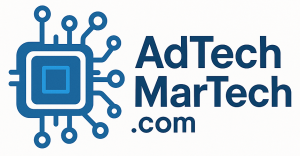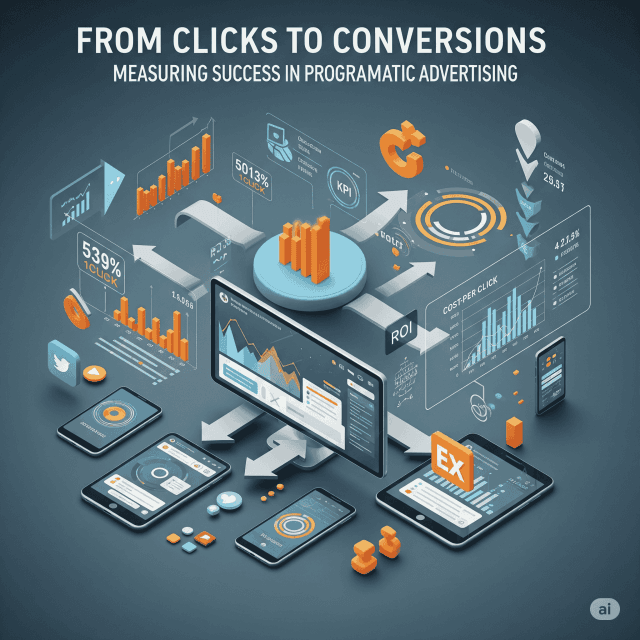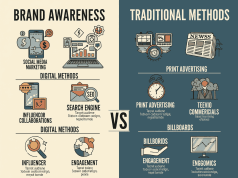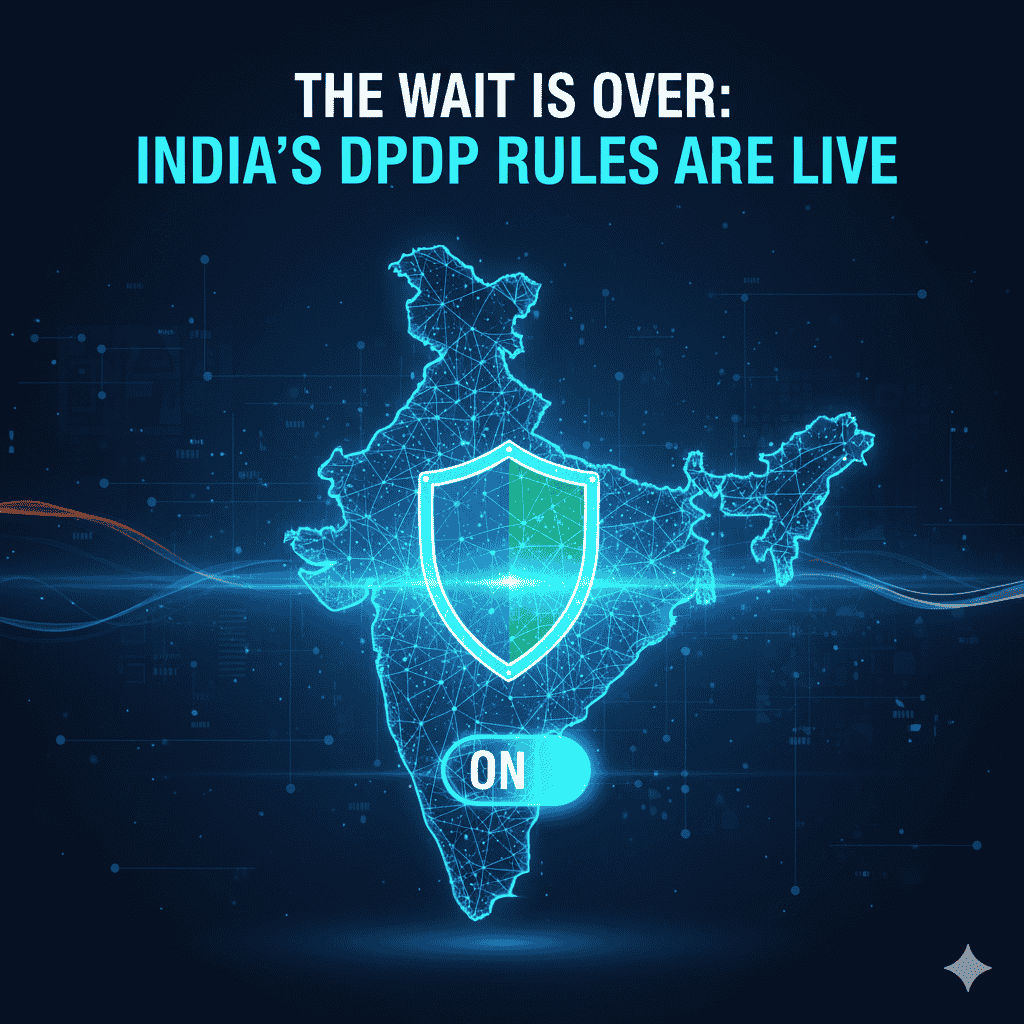In the fast-paced world of digital marketing, programmatic advertising has revolutionized how brands reach their audiences. While traditional advertising relied heavily on manual processes, programmatic advertising automates the buying and selling of ad space, allowing for targeted reach and efficiency. However, as the landscape becomes increasingly complex, the key challenge remains: how do we measure success in programmatic advertising?
Understanding Programmatic Advertising
Programmatic advertising involves real-time bidding (RTB), where ad impressions are purchased through automated platforms. These platforms utilize algorithms and data insights to deliver ads to specific audiences based on demographics, interests, and online behaviors. The primary goal is to optimize ad spend while boosting engagement and conversions.
The Shift from Clicks to Conversions
Historically, digital marketing success was often measured by clicks. If users clicked on the ads, campaigns were deemed successful. However, this Click-Through Rate (CTR) focus is misleading. A high CTR does not necessarily translate to actual sales or conversions.
To address this gap, marketers are shifting their focus from mere clicks to conversion metrics that provide a clearer picture of ROI. Here’s how to effectively measure success in programmatic advertising:
1. Setting Clear Objectives
Before launching any campaign, it’s essential to define what success looks like. Are you aiming for brand awareness, lead generation, or direct sales? Setting clear, measurable objectives allows for more straightforward evaluation once the campaign is underway.
2. Defining Conversion Metrics
Conversions can take various forms, including:
- Sales: Direct purchases resulting from an ad.
- Leads: Sign-ups or inquiries generated by the campaign.
- Engagement: Actions like video views, downloads, or social shares.
Select the metrics that align best with your objectives.
3. Utilizing Tracking Technology
Employ tools that allow for comprehensive tracking of user interactions. Implementing conversion tracking pixels and tags helps in understanding the customer journey, revealing how many clicks lead to desired actions.
4. Analyzing Customer Behavior
Understanding how users interact with your ads provides valuable insights. Analyzing behavior can help identify:
- Which ads perform best.
- At what points users drop off in the conversion funnel.
- How different audience segments react.
Utilize this data to refine future campaigns.
5. Attribution Models
Proper attribution is crucial in understanding which channels contribute most to conversions. Several models include:
- Last Click Attribution: Credit is given to the last touchpoint before the conversion.
- Multi-Touch Attribution: Distributes credit across all touchpoints that contribute to a conversion, providing a more holistic view.
Choosing the right model helps in optimizing ad spend effectively.
6. Continuous Optimization
Programmatic advertising offers real-time data, allowing marketers to adjust their campaigns on the fly. Regularly analyze performance metrics and make incremental changes to targeting, creatives, and bidding strategies to enhance conversion rates.
7. Reporting and Analytics
Develop comprehensive reports that amalgamate various data points, including CTR, conversion rates, and customer lifetime value. These insights inform decisions and highlight areas for improvement.
8. Learn and Evolve
Utilize insights gained from each campaign to inform future strategies. Continuous learning promotes innovation and improves results over time.
Challenges Ahead
Despite the advantages of programmatic advertising, measuring success comes with its own set of challenges, such as:
- Data Privacy Concerns: Increased regulations around data usage can impact targeting and tracking.
- Ad Fraud: Click and view fraud can distort performance metrics, requiring robust fraud detection measures.
- Complex Ecosystem: The multitude of platforms and tools available can complicate measurement efforts.
Conclusion
The evolution of programmatic advertising signals a shift towards a more sophisticated understanding of success metrics. By prioritizing conversions over clicks, marketers can better assess the effectiveness of their ad spend and drive substantial business results. It’s essential to set clear objectives, utilize effective tracking, and continuously optimize campaigns to navigate this landscape successfully. As technology and strategies evolve, those who adapt and focus on measurable outcomes will thrive in the dynamic world of digital advertising.









